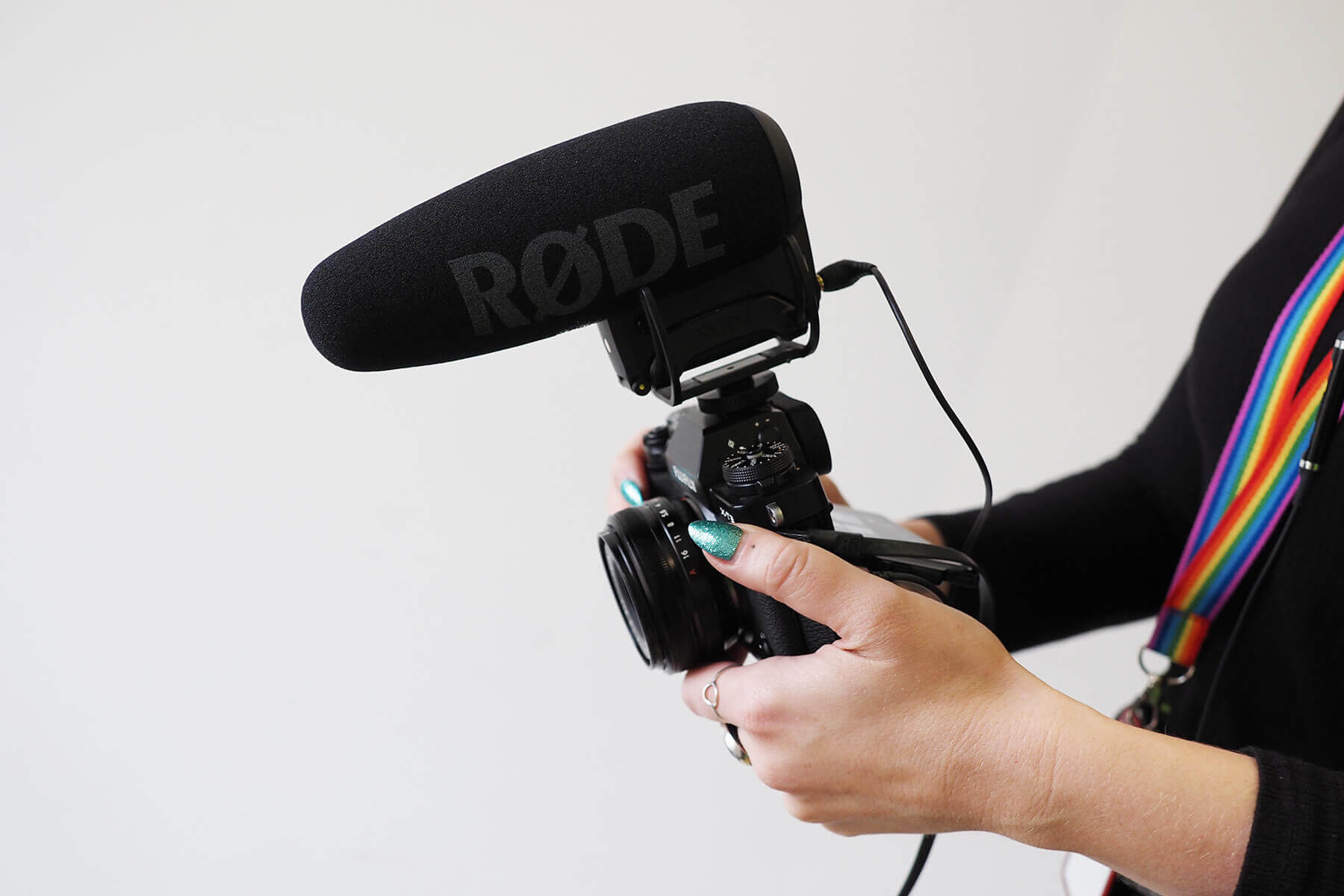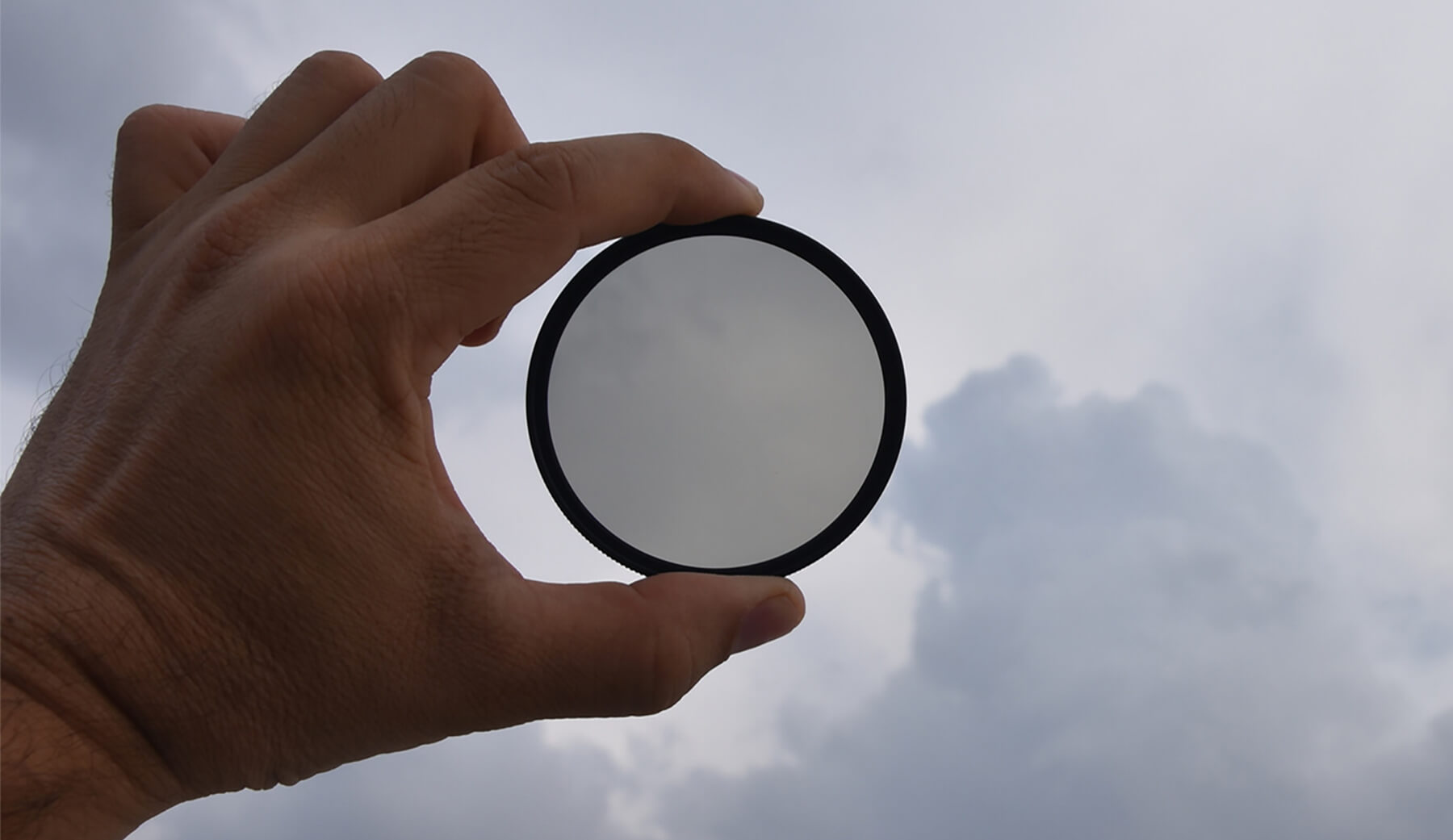
Eight essential videography accessories
11 minute read
As you venture into the world of videography, you’ll need a few essential accessories. Here’s what you need and how to use it.
We’ve always advocated the fact that you don’t need much more than the bare essentials to shoot great photographs, and the same goes for video. But the extra factors that go into video do mean the list of essentials is a little bit longer.
We recently published a videography basics guide with some great tips for beginners, and over the next few weeks, we’ll be putting out features with some video editing tips and tips for shooting creative video.
For now, though, we’re talking gear. So, here are eight essential videography accessories to fulfil any beginner or enthusiast’s wants or needs.
Microphone
As far as essential videography accessories go, a microphone is top of the list. Of course, you can use your camera’s in-built mic if it has one, or forego natural sound altogether and add music and sound effects in post, but if you do want to record any type of natural sound and want it to be of a useable quality, then an external mic is the way to go.
There are many types of microphone, but the best all-rounder for most types of video is the shotgun mic. The shotgun mic records sound coming from one general direction without being too precise about that direction. It can be mounted to a camera – meaning you can record whatever your camera is pointed at – or used independently.
When buying a mic, it’s important to know the size of the microphone’s jack and your camera’s port. Usually, both will be 3.5mm, but they do vary, so keep it in mind. An adaptor can be used, of course, but that’s more money you could be spending elsewhere… on more videography accessories, naturally.
Most shotgun mics are very straightforward to use, but as with any mic, be sure that your levels aren’t topping out when you start recording. If your mic is set to too sensitive a level in loud conditions, your audio may be beyond recovery. Think of it as the sound equivalent of overexposure.

Image You can read our recent Rode VideoMic Pro+ test here
Gimbal
Next on the list of videography accessories is the gimbal. It’s less essential than a mic, but it’s still high on the list, especially if you want the freedom of handheld shooting.
Gimbals come in a number of varieties, in all shapes and sizes, and with a host of features. Some stabilisers use weights to counterbalance the weight of the camera, while some are motorised and can control a camera electronically. The former can be surprisingly cheap, but naturally, don’t offer everything motorised gimbals can offer. The latter tend to fall around £200-300, which isn’t a bad investment in the long term, especially if it means getting the most professional results possible.
When purchasing, make sure the gimbal is rated to deal with your camera. Gimbals – particularly motorised ones – have size and weight limits.
When it comes to use, one key factor to remember is that the gimbal won’t have any effect on upwards and downwards movement – it only affects the pan, tilt and roll axes. That means you’ll still need to be cautious, especially when walking or running. Also, gimbals can be physically difficult and awkward to use, so don’t wait for an important moment to try it for the first time.

Image Many motorised gimbals, like the Benro Red Dog R1, seen here, can be adjusted into an over-slung grip position for more comfortable shooting
Filters
We recently published a whole feature on lens filters, so we’re not going to go into a huge amount of depth here, but if you do want some extra info, that’s a great place to start. We’ve included filters here, though, because they really are an essential for video, perhaps even more than for stills photography.
The reason for that is the even more limited exposure options that come as a result of the 180-degree shutter rule – explained in our videography basics guide. With a fixed shutter speed and an ISO that can only go so low, fast apertures can only be used in bright conditions in conjunction with an ND filter.
While a few normal ND filters can suffice in stills photography, when it comes to video – again, due to the more limited exposure options – you’ll need more variation. As such, a variable ND filter can be an ideal option.
Polarisers, normal ND filters and others certainly have their uses in video, but it’s the variable ND filter that’s the most essential of videography accessories here.

Image With more limited exposure options, an ND filter is often needed when shooting video to achieve the sought-after shallow depth of field that faster apertures create
Tripod
We’ve covered handheld shooting with a gimbal, but what about smooth static shots? That’s where the tripod comes in. If you’re a photographer, this will come as no surprise – though there are one or two video-specific tips. If you’re a complete beginner, you can read our feature on tripods for a general overview before continuing.
The key difference between using a tripod for stills photography and using one for video is the head. The most common type of tripod head in photography is the ball head, but for video, a pan head allows for smoother tils and pans, and more overall control. Most come with an arm so you can move the head without touching the camera.
You can also get attachable wheels that can turn a tripod into a dolly, though, of course, this is more advanced kit, and by no means an essential.

Image Here we can see how much a tripod head designed for video differs to a standard ball head, with the Manfrotto 500 Fluid Video Head
Extra batteries
This one speaks for itself. Spare batteries are even more essential for videography than they are for photography, purely because you’ll burn through batteries quicker. When you’re going out shooting, make sure they’re charged, make sure they’re packed, and you can’t go wrong. There’s no glamour here, but in the hierarchy of essential videography accessories, spare batteries aren’t to be overlooked.
Memory card
If you’re a photographer, you’ll have a memory card, but video is a different ballgame altogether. You can take stills on almost any memory card, provided your continuous shooting isn’t too fast. With video, you’re creating a constant stream of data, and need it to be recorded as fast as it’s captured.
Most DSLRs and mirrorless cameras can only record up to 200Mbps – less in many cases. It’s a good idea to get a card that can keep up with your camera, otherwise all those video specs are wasted.
You’ll also need to consider your card’s capacity, as video starts to stack up very quickly compared to photos. If you were recording at a bit rate of 100Mbps, 80 seconds of footage would take up 1GB of space on your camera’s memory card.
You don’t need to go overboard here, but it’s worth considering how much footage you’ll be shooting in one session. To learn more, you can read our full memory card feature here.

Images Though SD cards are priced well into the hundreds, most enthusiasts can get away with spending less than £30
Screen hood
There are a few bits of kit found on our list of essential videography accessories that would likely never make the cut in stills photography, and the screen hood is certainly one of those.
While in stills photography it’s more common to shoot through the viewfinder, composing your shots on the camera’s LCD screen is the standard in video. As such, it’s more important to be able to see that screen clearly.
A screen hood does exactly what it sounds like and shields the LCD from direct light. They come in different varieties but are relatively inexpensive on the whole. Alternately, you could drape a jumper or blanket over the camera, provided you don’t cover the lens.
Light
In certain situations, a light is the ultimate essential for obvious reasons. In photography, there are many types of lights and all of them have differing uses, but in videography, one type reigns supreme: the LED panel.
LED panels are continuous, they’re usually more compact and slightly more durable than lamps, and in most cases, the offer far more control. Control over warmth, luminosity and colour is common in a lot of LED panels, and many even offer special effects.
A light isn’t strictly essential among videography accessories, but it will open a lot of doors – both practical and creative. LED panels can be surprisingly cheap. You can pick a good one up for just over £100.

Image Many LED panels, like the NanLite MixPad 27, seen here, look simple, but are packed with great tech and versatile functions
We’ve covered the basic essentials, but the truth is, there’s a huge number of videography accessories out there, and only you can say what’s most important to you. There are drones for otherwise-impossible aerial shots, monitor recorders for shooting at the highest possible quality, the follow focus for ultimate precision or a rig to turn everything into one complete package. Getting the gear that’s right for you hinges on understanding your needs, and that’s something unique to you.
If you are planning to pursue videography alongside your photography, our sister title Pro Moviemaker has everything the beginner or enthusiast could need, including techniques, reviews, interviews with industry pros and more. Until 27 February, you could win some fantastic audio accessories from Sennheiser, too! See our recent news story for details.
Are there any videography accessories that you think deserve a place on our list? Let us know on social media! Get in touch on Instagram, Twitter or Facebook using the handle @photonewspn.
Be sure to stay tuned for the next features in our video series. Why not visit our Inspiration section while you wait? You’ll find a wide variety of tips, techniques and guides.
Don’t forget to sign up to receive our newsletter below, and get notified about the new issue, exclusive offers and competitions.




